Audio ads create a powerful and personal connection with the listeners. When listeners plug into a music streaming service, ads match their prevailing mood using streaming intelligence.
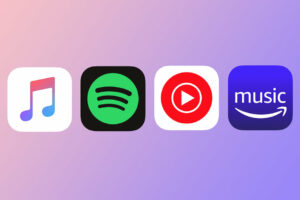
Since 2020, everything has changed – how we engage with each other, workplaces and most importantly, digital space. Music became a coping mechanism for most of us as we inclined towards Spotify or YouTube’s audio-only option. People prefer to listen to audio rather than watch videos because screen fatigue is a genuine issue for them after a long day at work.
Without switching to video media, an Indian listener spends 2.5 hours on average listening to audio. According to a Google report, the number of digital audio listeners in the United States has grown significantly since 2020, which means for marketers, the value of audio ads has also increased. We have indeed become the generation who wants more than what eyes can see.
The power of audioÂ
 Music streaming apps like Spotify and YouTube Music have become very popular with GenZ, which is no secret. It has also created an open door for brands to reach their target audience in forming a more robust presence via audio ads. Brands like Puma, Adidas and Nykaa are now taking advantage of these streaming apps’ audio ads to reach a vast audience of ~356M worldwide MAU on Spotify.
Music streaming apps like Spotify and YouTube Music have become very popular with GenZ, which is no secret. It has also created an open door for brands to reach their target audience in forming a more robust presence via audio ads. Brands like Puma, Adidas and Nykaa are now taking advantage of these streaming apps’ audio ads to reach a vast audience of ~356M worldwide MAU on Spotify.
Audio ads create a powerful impact as they match with the moment by developing an in-depth connection with the listeners and delivering messages without interruption. Spotify, Amazon Music, Google Play, Gaana, Youtube, etc., use streaming intelligence to understand the listener’s mood and surroundings.
It becomes effortless to create an audio ad with an impactful script, clear message & voiceover, and storytelling audio.
Video ads vs audio ads
 Â Creatopy, a graphic design platform, conducted a study on audio and videos ads to find out which one is better. After comparing them, Creatopy’s team recognized many similarities between both.
 Creatopy, a graphic design platform, conducted a study on audio and videos ads to find out which one is better. After comparing them, Creatopy’s team recognized many similarities between both.
According to Creatopy, if audio ads develop an intriguing atmosphere, video ads transport you to a story world. However, audio and video ads have the ability to affect your emotions.
Without being troublesome, audio and video ads are innovative in their own way. As a brand, now is the time to take action, whether it’s discovering the value of Spotify audio ads or putting video ads on video streaming sites.


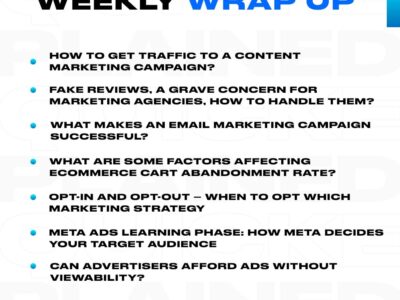
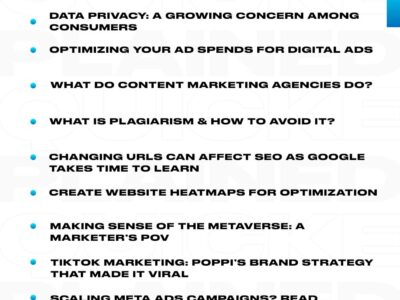
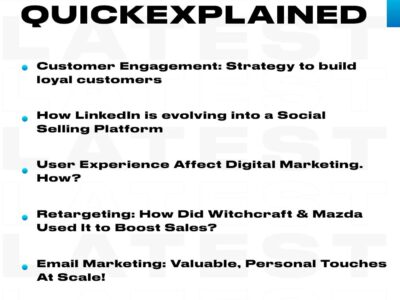
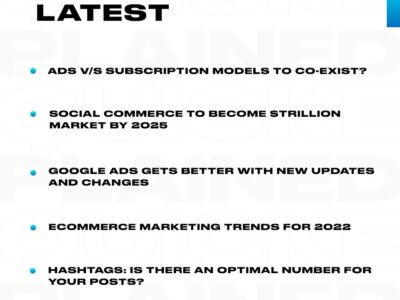

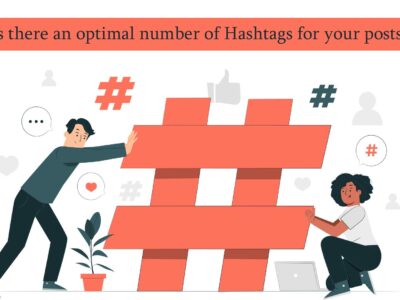
Comments